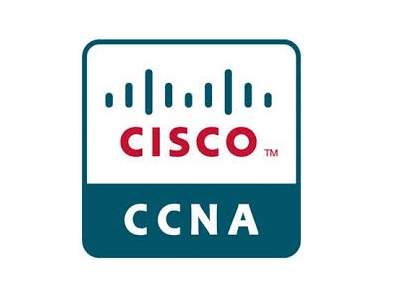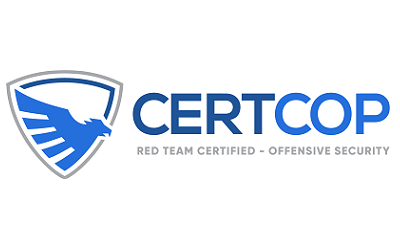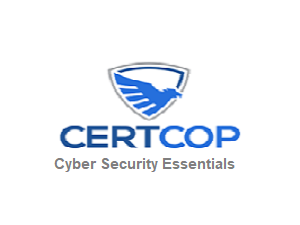Course Description
The CCNA (Cisco certified network associate) is meant for all those looking to get a foothold in Networking. This forms the base of the Cisco training pyramid and offers different specializations for network engineers. The basic CCNA course is CCNA – Routing, and Switching. We also offer the CCNA Security and the CCNA Voice both of which require the CCNA Routing and Switching as a prerequisite. The CCNA course is taught by world-class instructors in the state of the art classrooms with labs equipped with cutting edge infrastructure, including high-end routers, switches, and servers. The course is taught in a hands-on manner so that students can get an actual feel of the nitty-gritty of networking.
Program Objectives
- Identification of Network Fundamentals
- Identification and configuration of LAN switching technologies
- Description, implementation, and verification of IP routing technologies
- Identification and configuration of WAN technologies
- Identification and configuration of infrastructure services
- Configuration and verification of network device security
- Configuration of Infrastructure management
Prerequisites
There are no formal prerequisites for CCNA certification, but you should have an understanding of the exam topics before taking the exam.
CCNA candidates often also have:
- One or more years of experience implementing and administering Cisco solutions
- Knowledge of basic IP addressing
- A good understanding of network fundamentals
- Domains 6
- Syllabus Download
- Quizzes 0
- Duration 40 hours
- Skill level All levels
- Language English
- Students 484
- Certificate No
- Assessments Yes





